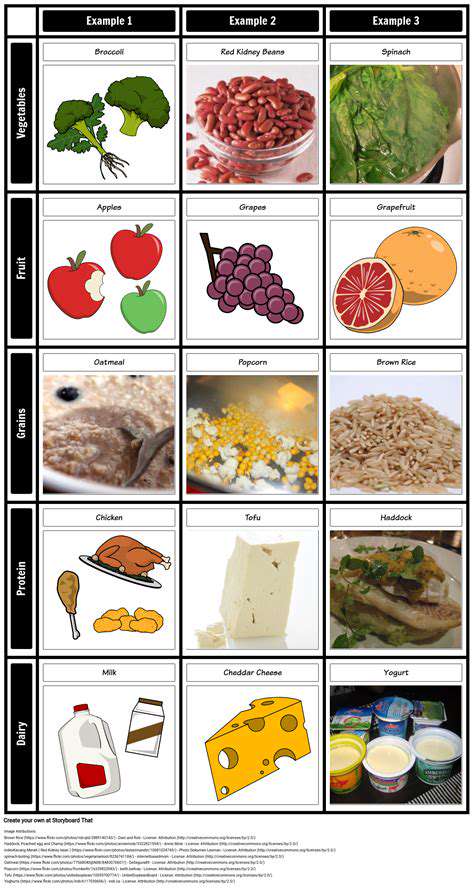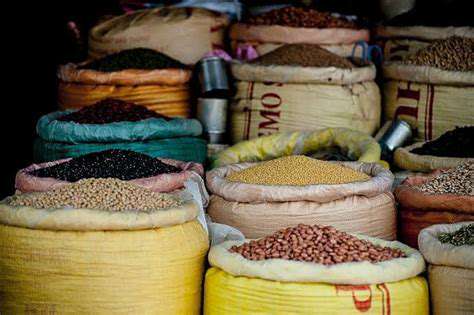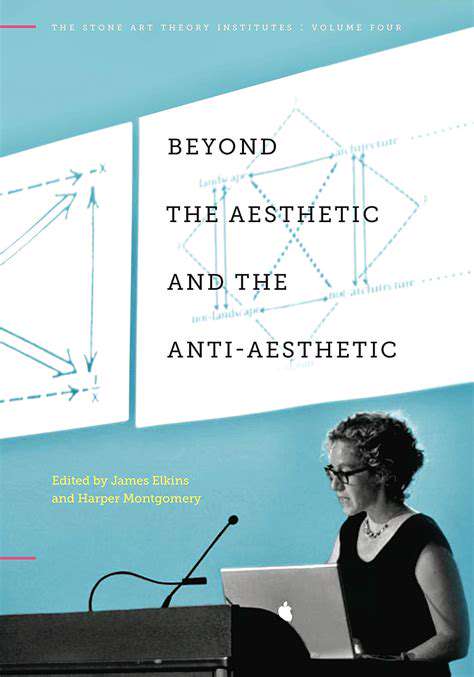How to Organize Your Pantry
Identifying Unused or Expired Items
While examining your pantry, food safety should be your primary concern. Scan for compromised packaging - bulging cans, rusted lids, or broken seals - as these can harbor dangerous bacteria. Check expiration dates methodically, remembering that some items like spices lose potency before becoming unsafe. Dispose of questionable items following local food safety guidelines to prevent contamination risks.
Be brutally honest about items you haven't used in months. That exotic grain purchased for one recipe two years ago? Probably not worth keeping. This purge creates physical space while reducing decision fatigue every time you open the pantry door. Regular elimination of unused items prevents future waste and makes meal planning more efficient.
Prioritizing and Future Planning
With a clean inventory complete, analyze your actual cooking patterns. Which ingredients form your weekly meal rotation? How quickly do you go through cooking oils or staple grains? This usage analysis prevents both shortages and over-accumulation. If pasta features in three weekly meals, maintain an appropriate stock level; if that specialty vinegar sits untouched for months, it doesn't deserve prime pantry real estate.
Consider creating a pantry map that matches your cooking style. Frequent bakers need accessible flour and sugar; Asian cuisine enthusiasts should organize sauces and rice prominently. This personalized system turns chaotic storage into an efficient cooking partner, reducing stress and wasted time searching for ingredients.
Decluttering and Discarding: The Crucial First Step

Decluttering Your Physical Space
A cluttered pantry directly impacts cooking efficiency and meal enjoyment. Start by removing everything from shelves for a blank slate. As you replace items, ask: Have I used this in the last three months? and Does this align with my current eating habits? Just as digital tools help organize thoughts, physical organization systems streamline daily decisions. Keep only items that serve your present needs, not aspirational or outdated ones.
Implement the one in, one out rule - for every new item added, remove an older one. This practice maintains equilibrium and prevents gradual re-cluttering. Store most-used items at eye level, with occasional-use goods higher up.
Responsible Discarding Methods
Mindful disposal reflects environmental stewardship. Before trashing expired goods, check if community composting programs accept them. Unopened, non-expired items can often be donated to food banks. For questionable items, when in doubt, throw it out - food poisoning isn't worth the risk. Clean all containers before recycling to prevent contamination of the recycling stream.
Emotional Aspects of Decluttering
Pantries often hold sentimental items - grandma's cookie jar, vacation souvenirs. When these become clutter rather than cherished objects, acknowledge the emotional weight. If keeping everything isn't feasible, consider keeping one representative item and photographing others before letting go. The space created often brings more daily joy than the stored objects ever could.
Minimalism in Practice
Adopting a minimalist approach doesn't mean bare shelves. It means curating a selection where every item has purpose and value. In pantry terms, this translates to quality staples over novelty items, versatile ingredients over single-use products. The result? Less decision fatigue, easier meal prep, and reduced food waste.
Sustainable Organization Habits
Make pantry maintenance part of your grocery routine. While putting away new purchases, do a quick scan for expiring items. Every season, do a deeper review as cooking preferences shift. Use clear, labeled containers to maintain visibility and prevent forgotten items. These small, consistent habits prevent overwhelming clutter from ever accumulating again.



![Guide to Learning [Specific Art Form]](/static/images/31/2025-05/FromSimpletoComplex3AStep-by-StepPaintingExercises.jpg)


![Best Online Learning Platforms [2025 Review]](/static/images/31/2025-05/Udemy3AAMarketplaceforDiverseSkillDevelopment.jpg)
![Guide to Learning with AI Tools [Education]](/static/images/31/2025-06/EnhancingAccessibilityandInclusivitywithAI.jpg)



![Best Air Purifiers for a Healthy Home [2025]](/static/images/31/2025-06/ComparingDifferentTypesofAirPurifiers.jpg)
